Watercolour Tube or Pan Paints?
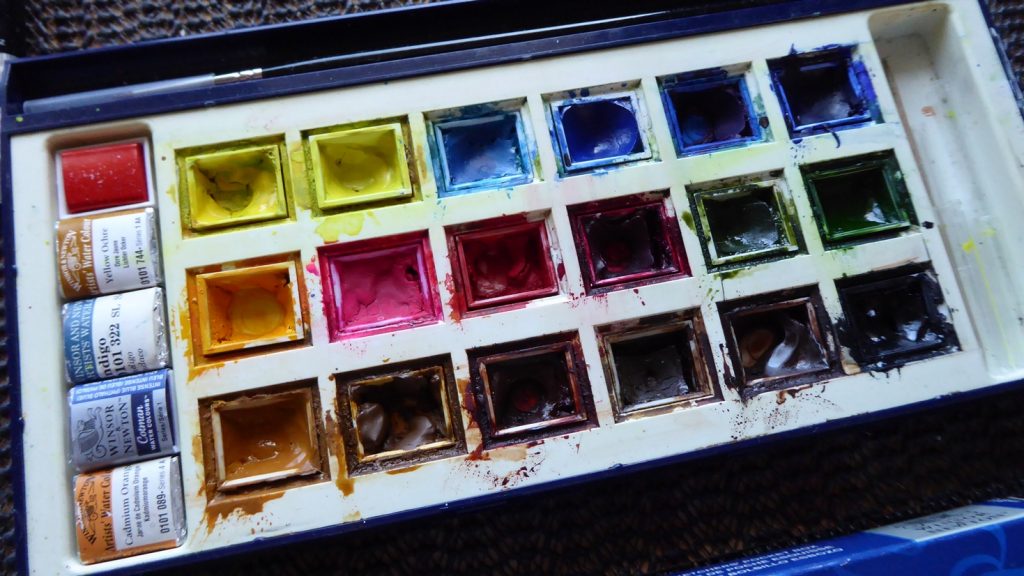
Watercolour tube or pan paints, which is the best to use? As many of you know, I use mostly half pan blocks of paint. These are almost always Winsor & Newton and both student and professional quality. The latter have particularly good pigmentation, light fastness, transparency and colour. As the old saying goes, “you get what you pay for” – and in this case it is true.
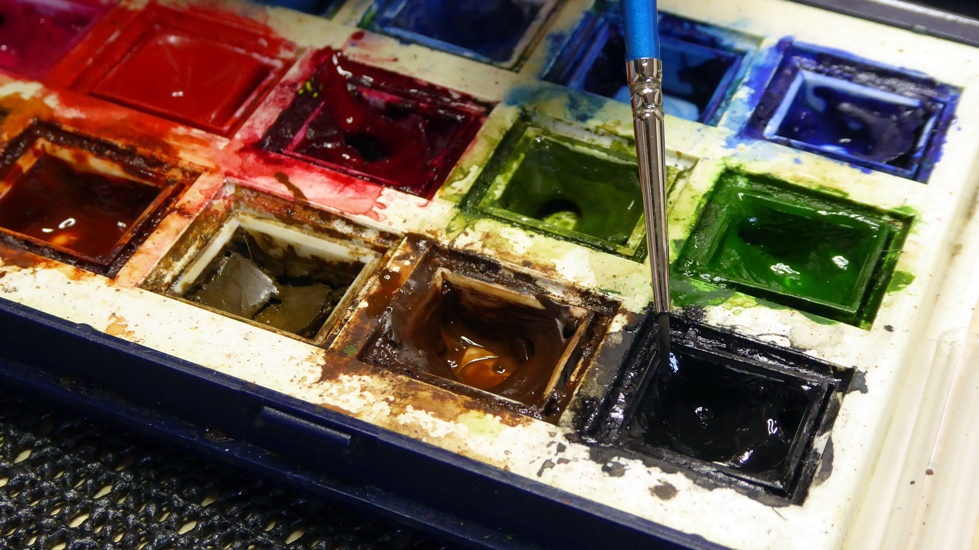
Watercolour Pan Paints
Watercolour pan paints are made up from concentrated pigment and do last quite some time. Bearing in mind that I paint virtually every day, some of my pans have lasted over a year. They become like old friends, and you become really familiar with how the pigment works. As a result, it is hard to tear yourself away from the familiar and go with a different colour altogether!
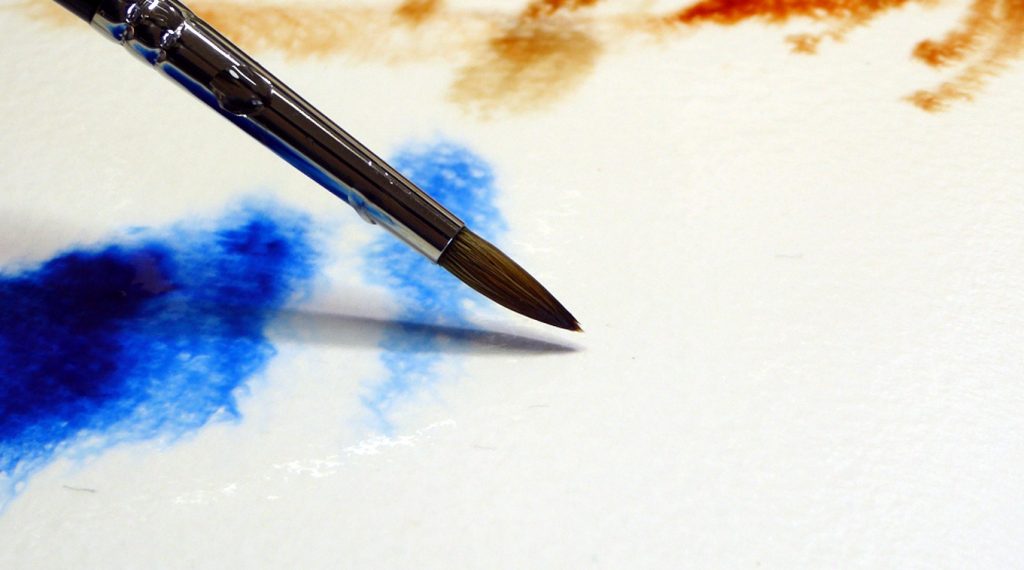
What I particularly like about half pans is that you can really control your small washes of colour. You are able to fine tune the mix as each takes up very little room in your palette. There is always space to try again with more/ less water or a different combination of colours. Limiting the amount of paint will also ensure that you are not going to overload your brush.
Half pans are great for my detailed art. I have complete control of the colour and the loading of my brush before I even head to the paper.
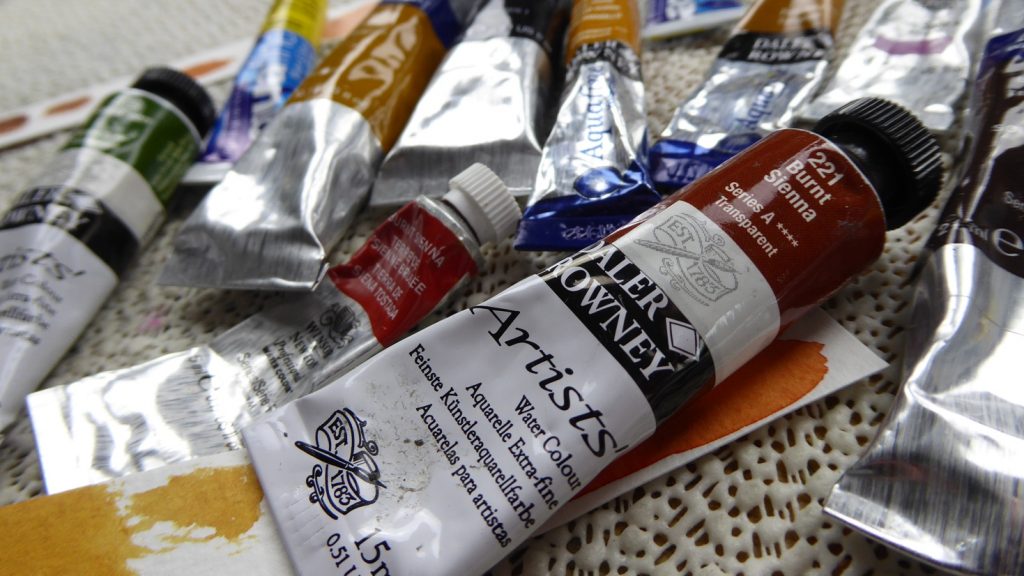
Watercolour Tube Paints
Alongside my pan paints I also have plenty of tube paints, these are from a wider range of manufacturers; Winsor & Newton, SAA, Sennelier and Daler Rowney.
Be careful with tube paints when you first open them, they can sometimes have a mind of their own! The tubes are obviously full, and opening a new one can result in a long fountain of colour! Once the tube has been used there may still be a slow run of paint but not a fountain. Lightly squeezing the sides of the tube will sometimes encourage the paint to sink back inside where it belongs.

Tube paints are certainly ideal for large areas. They enable you to work quickly with a good amount of paint mixed ready to go. For instance, on a background or a large area of fur. For my backgrounds I tend to use no more than four colours, sometime three for a mottled background. I find using lots of colours can start to look a little muddy – but try yourself and see how you get on. Be careful, though, using tubes can also be a way to easily waste a lot of paint. Try not to overdo your mixes and end up with way too much paint in your wells.
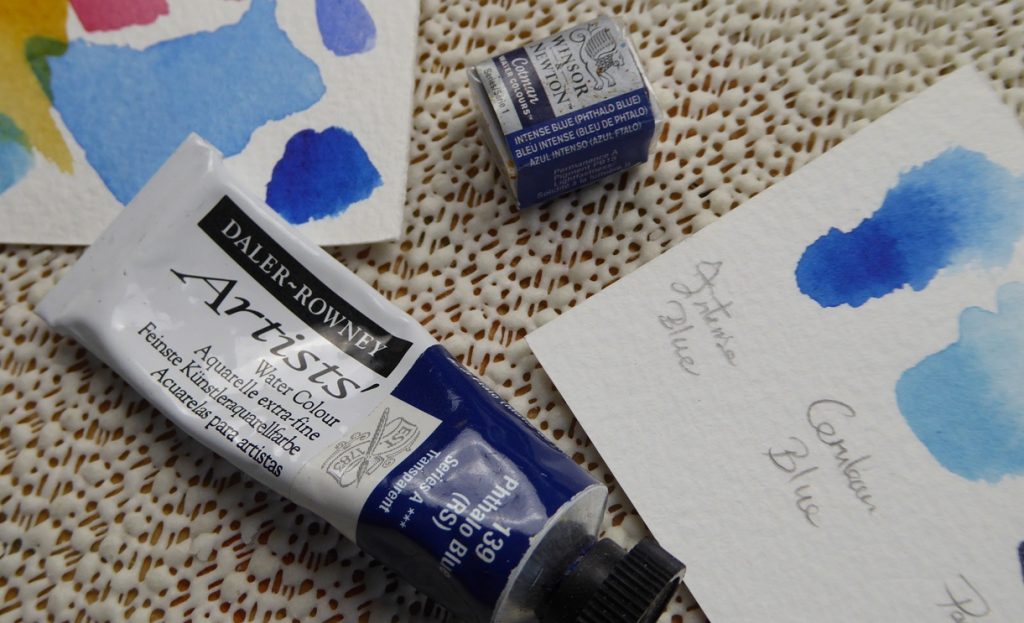
Paint Descriptions
You will find that some manufacturers will give their popular colours their own name. Watch out for names like Intense Blue and Phthalo Blue. You may think you are buying two different shades of blue, but they are actually the same colour! Like me, you will find your favourites. Even if you can’t remember their name, you will know how they work and how they mix with other colours. But, it is really important to try out new colours and new brands. You never know when you will come across one that becomes your ‘new favourite’!
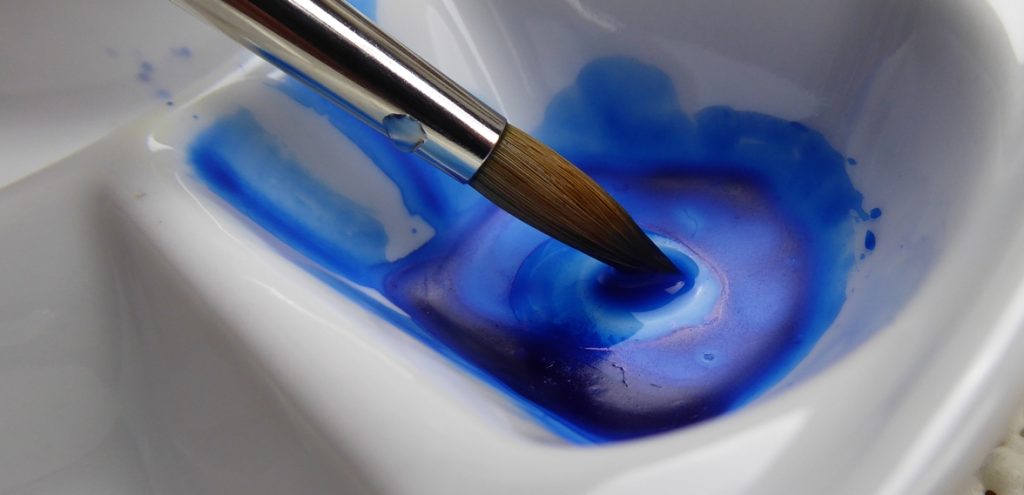
Do remember that all watercolour paints can be re-wet once the palette has dried up, even a few months later. Just add a drop of water and carry on using your paint; so if you have over squeezed a tube, don’t worry, you can save it for another day.
Incidentally, when your paints have dried in your palette, it is a perfect time to look carefully at them. You will see the different tones that can be created with the one colour. The pooled area at the bottom of the well shows the depth of colour you would be able to achieve with lots and lots of layers. Whereas the thinner layer of paint at the top replicates fewer layers on your paper. (This doesn’t work so well in plastic palettes, and your palette also needs to be white! 
Which do you prefer watercolour tube or pan paints? Or, like me, do you have both and if so what make do you prefer to use?
Until next time, keep those brushes wet (especially if you have dried up paint to use 
Paul




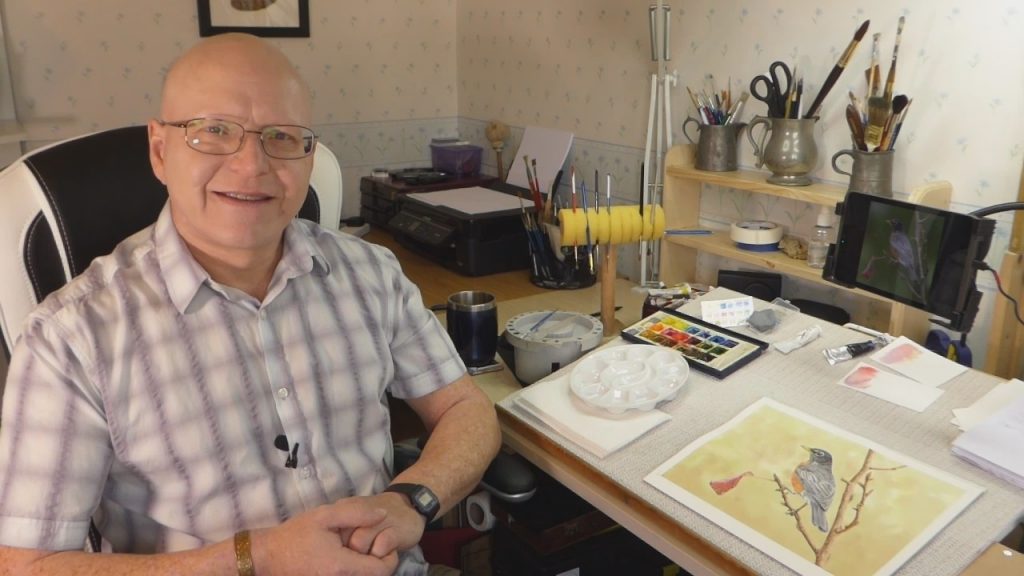


2 Responses
Well, there’s enough paints and art materials here to last till I’m a hundred, unfortunately not being used much. However, watercolours are my favourites, half pans too although there are a few tubes in the stash. Winsor & Newton are brilliant and have always been so. St.Petersburg colours are excellent, very intense good colour pigment. Many years ago I was a salespersons dream and was lured by all the mail order catalogues, the names of different brands and where they came from so have Sennelier, Schminke, some Japanese ones, Derwent Inktense . . . the list is endless. There’s also a bulging shoe box full of Atelier Acrylics unopened as I have acrylic phobia and am scared to use them due to their quick drying time. It kind of goes against the grain because they’re only plastic after all. Nothing beats the thrill of a wash of watercolour over a textured paper!
Hi Carol, I certainly know what you mean by the amount of different paints you have, I have the same issue! Over the many years of painting I’ve accumulated quite a of paints that simply don’t get used such as oils, acrylics, CP’s, but one thing for sure, I will never let them go! LOL
Like you I love watercolour and the challenges it brings and a medium I will never steer away from. 🙂